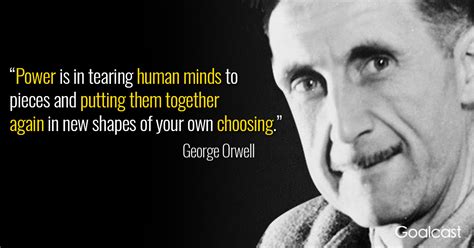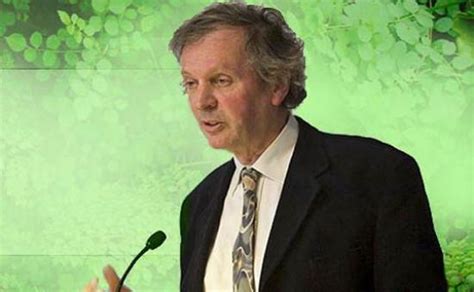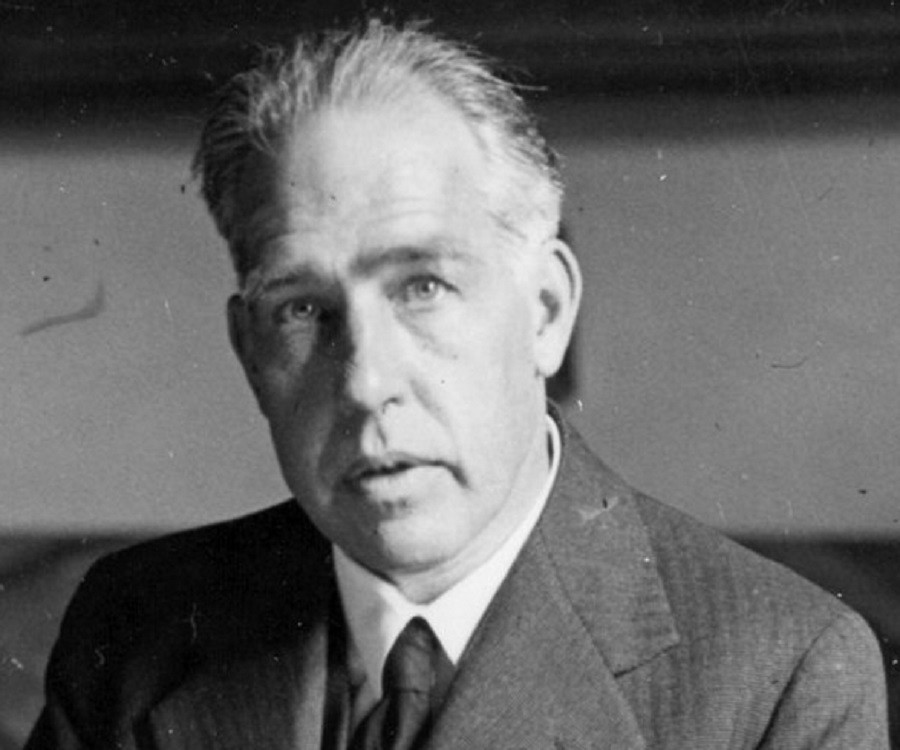|
home | what's new | other sites | contact | about |
|||||||||
|
Word Gems exploring self-realization, sacred personhood, and full humanity
Quantum Mechanics
return to "Quantum Mechanics" main-page
An investigation of the different QM theories will yield different results. Each list of participants seems to be somewhat different. The interpretations pop like popcorn; they’re cheap, hardly filling, take two. Here are some of them: Copenhagen interpretation Many worlds interpretation Quantum information theories; e.g., John Wheeler's "it from bit" Relational quantum mechanics QBism or Quantum Bayesianism Consistent histories Ensemble interpretation DeBroglie–Bohm theory Quantum Darwinism Transactional interpretation Objective collapse theories Many-minds interpretation Von Neumann–Wigner interpretation Consciousness-causes-collapse interpretation Quantum logic Modal interpretations of quantum theory Time-symmetric theories Penrose theory Ghirardi-Rimini-Weber theory “Shut up and calculate" interpretation What is going on with this riot of 'interpretations'? Wikipedia: "The physicist N. David Mermin once quipped, 'New interpretations appear every year. None ever disappear'." That’s odd, isn’t it. Old ones are never discarded, and new ones germinate every year. It’s as if sheer numbers, ubiquity itself, were important. To some, it is. the popular interpretations Wikipedia: According to a poll among scientists, "the Copenhagen interpretation still reigns supreme" which received 42% of the ballots. Second place was taken by the "Many Worlds" theory which garnered "17% of the vote." However, some of the interpretations, effectively, are philosophically akin, represent extensions, logical projections of Copenhagen; for example, John Wheeler's "it from bit" and other Quantum Information theories. Therefore, if we group these with Copenhagen, support for Bohr's theory likely rises to something well over 50%, possibly approaching 70%. This means that the majority of the 20+ enjoy little more than "also ran and yellow ribbon" approval by a mere sprinkling of adherents. what we're left with are (1) Copenhagen, the clear leader, and (2) Many Worlds Have you noticed how many of the new movies feature Many Worlds theory or “parallel universes”? It’s become so prevalent that the average person on the street would say, “Well, I guess there’s something to it, we hear so much about it, where there’s smoke there’s fire, you know, and so it appears that ‘parallel universes’ is a fact.” The public would be surprised to learn, however, there’s not a shred of scientific evidence for Many Worlds. For example, in my research for this QM report, I occasionally came across a reference to Many Worlds, and, not uncommonly, the author would casually state, to the effect, “Oh, and just to say, but hardly worth mentioning, there’s no evidence for this QM interpretation.” Is this not very strange? Many Worlds gathered 17% in the aforementioned poll among scientists, but there’s not a drop of research evidence for it! Is this science or a belief in "one true doctrines"? Physicist Tom Campbell was interviewed by a local tv station in Atlanta. The conversation turned to “parallel universes” with the anchors blithely speaking as if it were legitimate science, which prompted Tom to impolitely interject, to the effect, “Well, actually, that’s a hoax, it doesn’t exist.” The interviewers were shocked by this assertion and had no idea. Few do, given the ginning propaganda extant in the marketplace. What’s happening with this rabid desire to promote Many Worlds as fact? We’re looking at science wars. It’s a gigantic struggle to present and maintain a materialistic metaparadigm. We’ve spoken about this many times and so I’ll refer you to related writings. We began this discussion suggesting that science is in crisis. It’s no longer an objective search for the truth, but is, today, a tool to promote a materialistic view of life and the world. Recall in the “cultism” articles the desire of powers-that-be to redistill reality and serve it in a manner that supports hidden agendas. This untoward orientation has invaded modern science.
I would refer you to the writing “What scientists know and how they know it” by Professor Steven Goldman, an award-winning teacher with The Great Courses. He speaks of the history of the scientific method, its two forms based upon induction and deduction, and how the processes have been perverted today. He informs us that modern science is built upon the unscientific thesis of “if it works, it must be true” – which is not true, because there could be other reasons, apart from one’s pet theory, as to why “something works.” This is where Einstein went wrong with “hidden variables.”
All this acknowledged, things have gone from bad to worse today concerning so-called scientific method. It’s bad enough to jump to an unwarranted conclusion, unsupported by the evidence. But, it’s far, far worse to create that conclusion in the absence of any evidence! This is really perverted. Now we’ve entered the fairyland arena of “Well, assertion is its own evidence, so it could be ‘little green men’ or ‘the moon is made of green cheese’ or maybe it’s Peter Pan and the Easter Bunny.”
There’s no end to these mad-hatter proceedings once we fall down the rabbit-hole of “let’s just declare a conclusion because we want it to be so, my truth is as good as yours, and don’t worry about lack of evidence; just make a big production out of it, beat the drums, create a scene, make noise, act like there's something real here, just fake it.” This is perversion on steroids. What is the real technical issue that lies at the heart of this science war? Scientific American: "In some respects the decision between a Copenhagenist and an Everettian [Many Worlds] viewpoint boils down to a basic question: Is the wave function real or is it just information? If it is 'real'—in some sense the universe really consists of quantum waves propagating around—then one tends to be driven to an Everettian viewpoint... But if the wave function is just information," just a math equation, then Copenhagen is bolstered. Is the wave-function a real entity? or just a mathematical construct, with no real 3-D substance, until the wave is collapsed? This is the crux of the matter. And one’s philosophical answer here will have numerous consequences. Those who say “the wave is real” will assert things like “the particle goes through both slits at the same time” or “the particle goes back in time” or "the particle can be in two places at once," or “the particle is shot from the electron gun”. Those of this opinion are also the ones continually chanting about "weird" science and that "we'll never understand it." But those, with Bohr, who say that the wave is mere mathematical construct, will posit that "only the wave-function, only a 'possible particle', goes through both slits,” or "only a wave can be in two places at once, not a particle," or “the particle doesn’t go back in time, because there was no particle yet, but only a wave that concurrently went through both slits,” or “only a ‘probable particle’ was shot from the gun, as it did not become an actual particle until it hit the screen constituting a measurement taken." This is the heart of the issue. Materialists do not like Bohr’s view which suggests a non-objective, consciousness-based reality. In short, it represents the death of materialism.
matter is a process; only a wave, not a particle, can be in two places at once, you can't have a wave at an instant
Bohr asserted that the two particles in question should be viewed as a unified system. “We have to do with the wholeness [represented by the wave function] that is completely foreign to classical physics,” he said.
The double-slit experiment, and its offshoots, to be discussed in detail later in this series, provides, in microcosm, the best evidence and the clearest image of how this entire process works. Bohr’s Copenhagen theory is based upon evidence derived from the double-slit and related experiments. Many Worlds has no evidence at all but, like so many propaganda efforts, is built upon the unfounded conceit, the circular reasoning, “We know we’re right, matter is the fundamental essence of the universe, so we have to be right, consciousness is just pie-in-the-sky, it's misinformation, that’s why we're justified in making unsubstantiated claims, because we know our way is the only way.” This is religion; worse, cult religion, not science.
Why are there so many interpretations when, in practice, there are only two real contenders? The many interpretations are like decoys. They present a faux united front. It all seems to purport, but only to the unknowledgeable, that “Copenhagen is just one measly little theory, but look at how many other possible answers there are, with the great number of opposing voices becoming de facto minimization of Bohr’s view.” truth drowned in a sea of irrelevance Recall Neil Postman's great insight in Amusing Ourselves to Death: "Huxley and Orwell did not prophesy the same thing... What Orwell feared were those who would ban books. What Huxley feared was that there would be no reason to ban a book, for there would be no one who wanted to read one. Orwell feared those who would deprive us of information. Huxley feared those who would give us so much that we would be reduced to egoism and passivity. Orwell feared that the truth would be concealed from us. Huxley feared the truth would be drowned in a sea of irrelevance." 'attorney's last resort' ploy The many interpretations represent mere noise, diversion, and distraction, just pot-banging. It’s a form of the “attorney’s last resort” ploy discussed on the “clear thinking” page.
|
|||||||||
|
|




